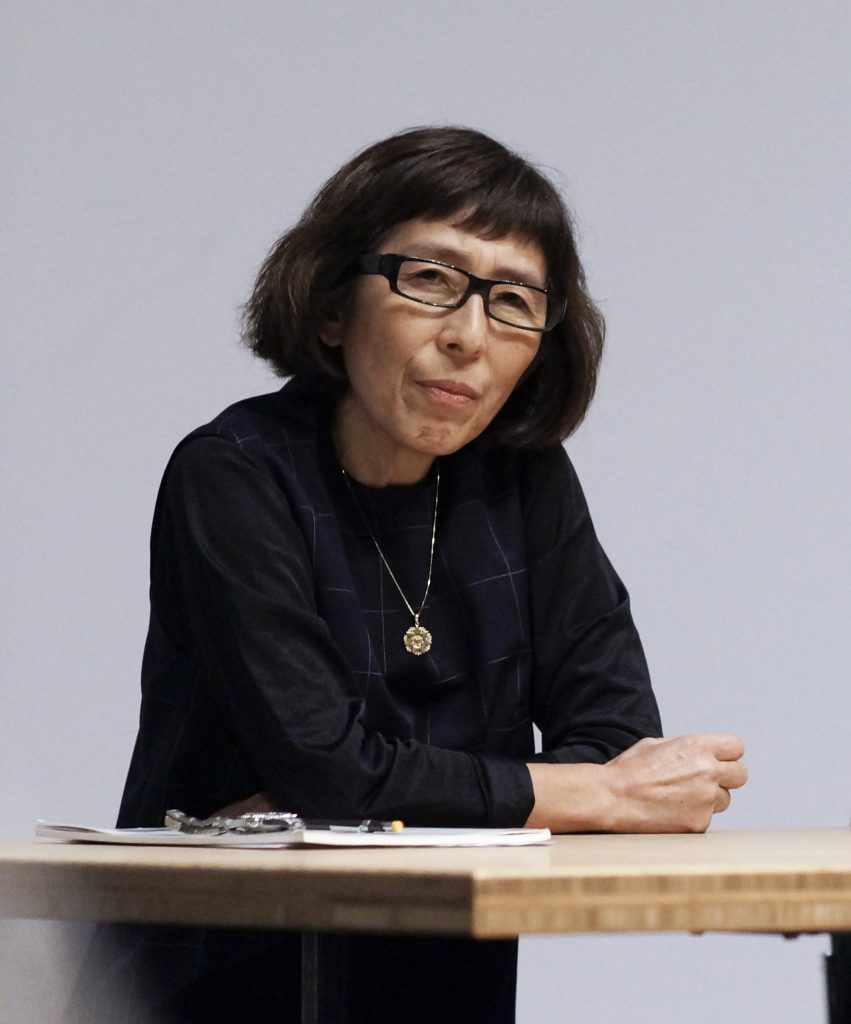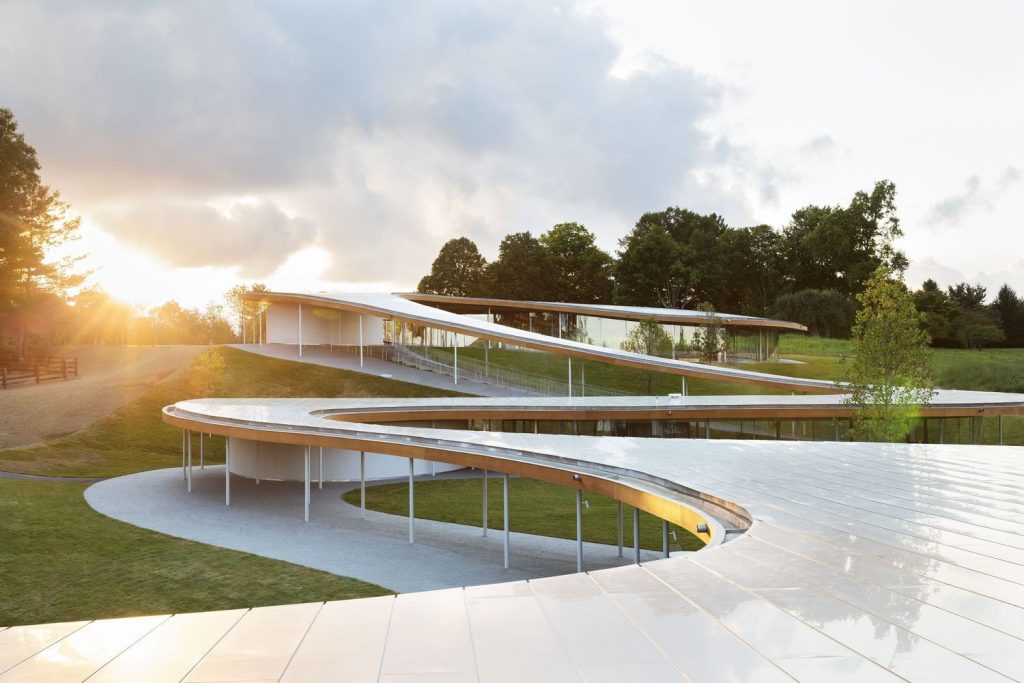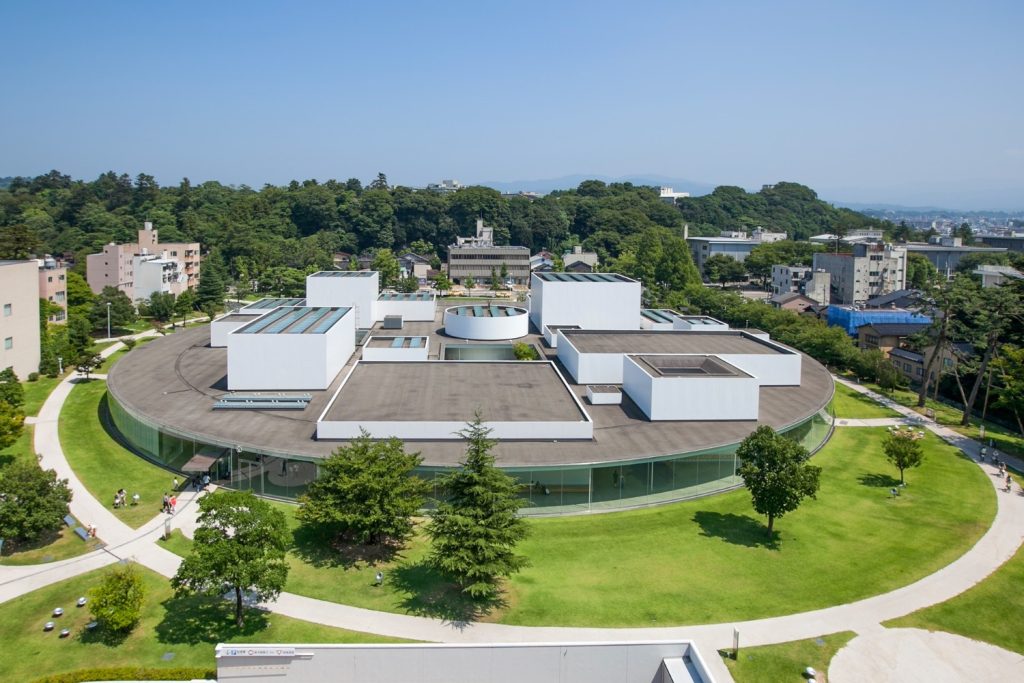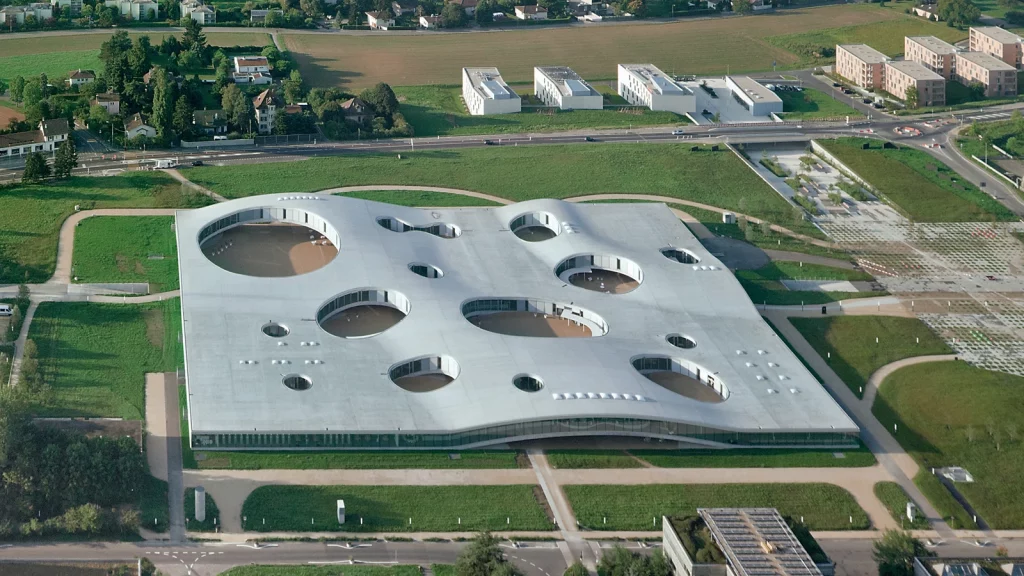Who Is Kazuyo Sejima And Her Role As One Of The Famous Architects In The World
Explore the life, philosophy and major works of Kazuyo Sejima, the Pritzker-winning architect known for her ethereal minimalism, mastery of glass and light, and transformative influence on contemporary architecture through SANAA
Imagine walking into a building so serene, so impossibly clean, that you begin checking the soles of your shoes for dirt out of sheer guilt. That’s the Kazuyo Sejima effect. While most architects busy themselves trying to make structures shout, Sejima does the architectural equivalent of turning the volume down and letting silence do the talking. She designs buildings that don’t just sit in their environment—they float through it like gentle ghosts made of glass and logic. Where others flex steel and concrete, she conjures spaces so weightless and precise they could make a zen monk weep. And somehow, without any bombast, she dominates the architectural world by proving that minimalism isn’t simple—it’s an exact science of clarity, light and absolute confidence.

Early Life And Design Philosophy
Born in Ibaraki, Japan, Sejima developed her architectural voice within the disciplined, detail-obsessed ecosystem of Japanese design, where every inch matters and silence is also a material. After studying at Japan Women’s University and working with Toyo Ito, she forged a philosophy rooted in transparency, fluidity and an almost poetic restraint. Her work is guided by the belief that architecture is not about imposing form but enabling experience. Instead of creating monuments, she crafts atmospheres—spaces where boundaries blur, light becomes a structural element and the user, not the building, takes center stage.

The Birth Of SANAA And Global Recognition
In 1995, Sejima partnered with Ryue Nishizawa to form SANAA, a studio that quickly established itself as a global force in experimental minimalism. Their collaboration elevated subtlety to new heights, producing architecture that looked effortless on the surface but demanded extraordinary precision behind the scenes. SANAA’s projects soon began popping up across continents, each radiating the duo’s unmistakable aesthetic: weightless edges, inviting openness and a sense that the building is more whisper than statement. Their approach challenged the prevailing narrative of “loud architecture,” offering an antidote built on clarity and purpose.

Major Works That Showcased Her Vision
Kazuyo Sejima’s portfolio reads like a textbook in ethereal spatial design. The 21st Century Museum of Contemporary Art in Kanazawa stands out as a circular, glass-wrapped experiment in democratic navigation—no front, no back, just pure exploration. The Rolex Learning Center in Lausanne turns the concept of floors into gentle waves, creating a continuous landscape that feels more like a public park than a university building. The New Museum in New York, with its stacked-box silhouette, demonstrates how minimalism can still command an urban skyline. From the Louvre-Lens in France to the Serpentine Pavilion in London, Sejima’s work quietly reshapes how architecture invites people to move, see and feel.

Her Influence On Modern Architecture
Sejima’s impact extends far beyond her completed buildings. She has reshaped modern architectural discourse by proving that minimalism is not the absence of design—it is design distilled. Her mastery of glass, transparency and spatial fluidity inspired a new generation of architects to reconsider how buildings interact with their surroundings and occupants. In a profession often dominated by ego, Sejima’s work stands out for its humility, its generosity and its willingness to fade gracefully into the landscape while subtly transforming how people experience the world.
Awards, Leadership And Continued Legacy
In 2010, Kazuyo Sejima and Ryue Nishizawa received the Pritzker Architecture Prize, cementing their place among the most influential designers of the century. That same year, Sejima became the first woman to direct the Venice Architecture Biennale, further proving her standing as a global thought leader. Her continued work through SANAA, as well as her individual projects, reinforces a legacy built on subtle revolution rather than spectacle. She shows that architecture can be quiet and still command the world’s attention—a reminder that true influence often moves softly, with light as its signature and clarity as its cornerstone.